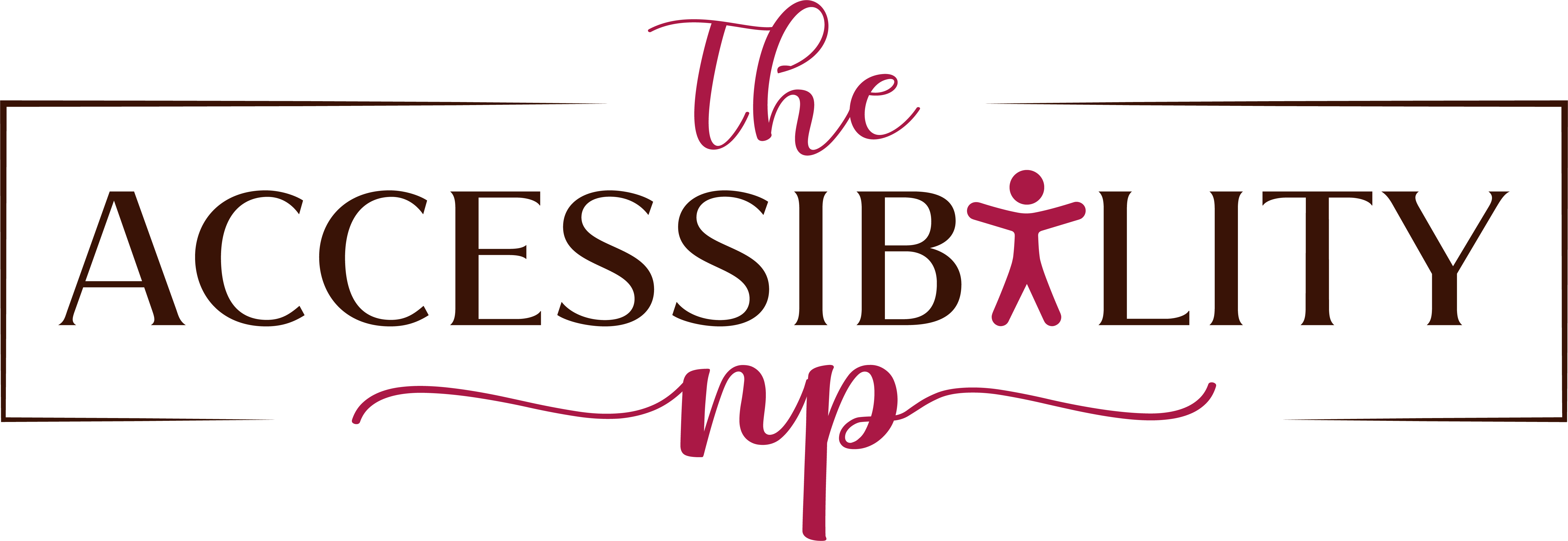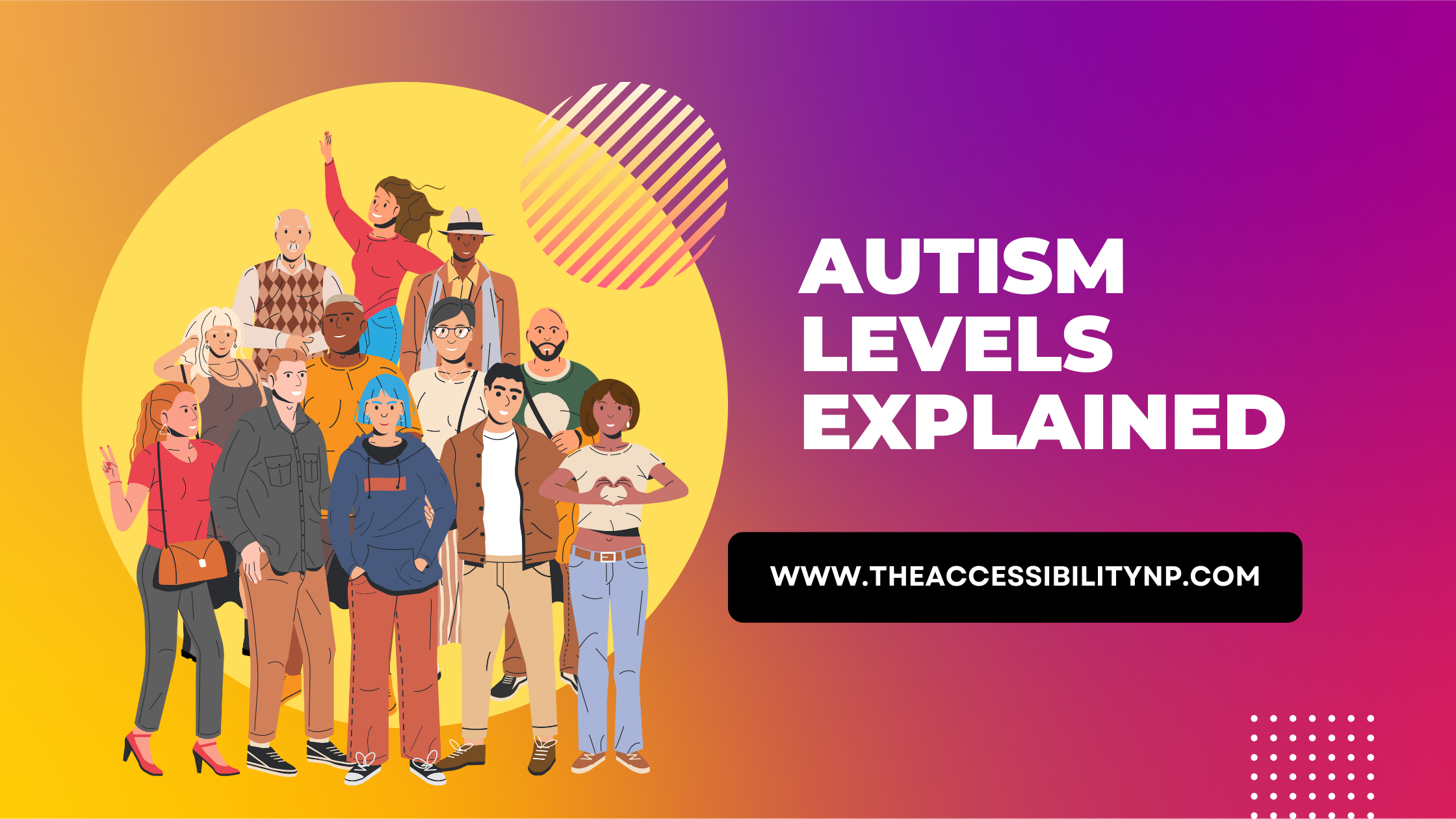Autism Spectrum Disorder (ASD) is a broad, nuanced diagnosis that includes a wide range of strengths, challenges, and support needs. Within this spectrum, “autism levels” serve as a tool for professionals to communicate the intensity of support a person may require. While these levels can help guide interventions, it is crucial to understand their limitations and ensure they are used appropriately to respect the individuality of each person.
This blog delves into what autism levels are, their intended purpose, and when and how they should be used to promote understanding and appropriate support for autistic individuals.
What Are Autism Levels?
The Diagnostic and Statistical Manual of Mental Disorders, Fifth Edition (DSM-5) introduced autism levels to categorize the level of support an autistic individual may require. These levels reflect how much assistance a person needs to navigate social communication challenges and restrictive or repetitive behaviors.
- Level 1: Requiring Support
Individuals at this level may experience difficulties initiating or maintaining social interactions. They may also struggle to adapt to change or regulate restrictive and repetitive behaviors but can function with minimal support. - Level 2: Requiring Substantial Support
Those at this level typically have more pronounced challenges in social communication and demonstrate behaviors that interfere significantly with daily activities. Substantial, consistent support is required. - Level 3: Requiring Very Substantial Support
Individuals at this level face severe challenges in communication and behavior, often making independent living difficult. They require intensive, round-the-clock support for most activities.
These categories aim to create a shared language for clinicians, educators, and caregivers. However, they are not without limitations.
The Purpose of Autism Levels
Autism levels serve several important purposes:
- Facilitating Communication Among Professionals
Levels offer a shorthand way to describe an individual’s support needs in clinical or educational settings. For example, a psychologist or school team might use levels to align their strategies for behavior intervention, therapy, or Individualized Education Program (IEP) planning. - Helping Families Access Resources
For families, levels can provide insight into the types of services, therapies, and supports their child may need. Understanding the level assigned to their child may also aid in advocating for resources. - Guiding Support Plans
Levels provide a starting point for tailoring interventions. For example, a Level 1 individual may benefit from social skills training, while a Level 3 individual may require assistive technology, sensory supports, or full-time caregivers.
The Limitations of Autism Levels
Although autism levels provide a general framework, they are far from perfect. It is essential to understand their limitations to avoid overgeneralization or harm.
- Lack of Nuance
Autism is not a static condition, and an individual’s needs can fluctuate depending on the environment, stress levels, or developmental changes. For instance, someone classified as Level 1 may require Level 3 support during periods of heightened stress or medical challenges. - Reinforcing Stereotypes
Levels can unintentionally contribute to stereotypes about what autistic individuals can or cannot do. For example, assuming a Level 1 individual is always “high functioning” overlooks the invisible barriers they may face, such as sensory overload or executive functioning difficulties. - Failure to Address Strengths
Levels focus solely on areas of difficulty, ignoring the strengths and abilities of autistic individuals. This deficit-based perspective can hinder the development of strengths-based support plans. - Stigma and Comparison
The language of “levels” can inadvertently create a hierarchy among autistic individuals, leading to stigma or feelings of inadequacy. It may also discourage families or individuals from seeking help due to fear of being labeled.
When to Use Autism Levels
Autism levels are best used in specific contexts where they can meaningfully inform support planning.
- In Clinical and Educational Settings
Clinicians, educators, and therapists can use levels to create appropriate goals, interventions, and accommodations. For example, an autistic student classified as Level 2 might need visual schedules and sensory breaks, while a Level 3 student may benefit from 1:1 support and an individualized communication system. - During Initial Diagnosis
Levels provide a starting point for families who are new to autism. Understanding their child’s level may help parents identify resources, therapies, and funding opportunities. - Advocating for Services
In some cases, levels are necessary for accessing Medicaid waivers, insurance coverage, or school-based services. For example, an individual with a Level 3 classification may qualify for more intensive services under certain funding guidelines.
When Not to Use Autism Levels
While levels have their place, there are times when their use is inappropriate or even harmful.
- In Personal Interactions
Referring to someone by their autism level rather than their name or individuality is reductive. Saying “a Level 3 autistic person” rather than “an autistic individual who requires substantial support” shifts the focus from the person to their perceived deficits. - As a Sole Descriptor
Autism levels should not replace individualized assessments. Each person has a unique combination of strengths, needs, and preferences that cannot be fully captured by a single number. - To Limit Opportunities
Using levels as a reason to deny opportunities is inappropriate. For instance, assuming that a Level 3 individual cannot learn to communicate using an Augmentative and Alternative Communication (AAC) device underestimates their potential.
Moving Beyond Autism Levels
To better support autistic individuals, it is essential to move beyond levels and embrace a more holistic approach:
- Focus on Individualized Support
Individualized support plans (ISPs) or IEPs should be built on comprehensive assessments that consider not only the challenges but also the strengths and preferences of the individual. - Engage in Collaborative Planning
Families, educators, therapists, and the individual themselves should collaborate to identify meaningful goals and interventions. Input from all stakeholders ensures that plans are practical, respectful, and inclusive. - Prioritize Strengths-Based Language
Describing individuals in terms of their abilities and interests fosters a positive narrative. For example, instead of saying someone has “Level 3 needs,” emphasize that they are “an emerging communicator who benefits from AAC.” - Acknowledge Dynamic Needs
Support needs can change over time. Regular assessments and flexible planning ensure that interventions remain relevant and effective.
Respecting Autistic Voices
The autistic community has varied opinions on autism levels. Some individuals and self-advocates find the framework helpful, while others see it as overly simplistic or even harmful. Listening to and amplifying autistic voices ensures that decisions are made with their perspectives in mind.
For example, many autistic advocates emphasize that support needs should not define a person’s worth or potential. Respecting this perspective involves balancing the practical use of levels with an understanding of their limitations.
Practical Tips for Using Autism Levels Respectfully
- Be Person-Centered
Always prioritize the individual over the label. Use levels as a tool for support planning, not as a way to define or limit someone. - Use Levels as a Starting Point, Not the Full Story
Levels can provide an overview of support needs, but deeper assessments and conversations are essential for understanding the full picture. - Avoid Comparing Individuals
Each autistic person’s journey is unique. Levels should not be used to compare or rank individuals. - Advocate for Strengths-Based Plans
Push for support plans that build on abilities, interests, and preferences rather than solely addressing deficits.
Final Thoughts
Autism levels are a tool—not an identity. While they can help professionals and families understand support needs, they are far from a complete representation of the autistic experience. When used thoughtfully, levels can guide meaningful interventions. However, it is equally important to challenge their limitations and advocate for individualized, strengths-based approaches that honor the full humanity of autistic individuals.
Understanding autism requires going beyond frameworks like levels to embrace the complexity, resilience, and diversity of the autistic community. Whether you are a parent, educator, or advocate, strive to use autism levels appropriately to foster acceptance and meaningful support.
See you next Monday. Stay inspired and keep pushing for accessibility!

